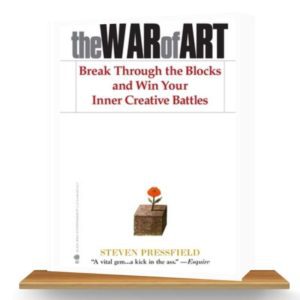
Try Short-Burst Productivity
If you are not consistently meeting your writing goals, try short-burst productivity. Set your timer for about 15 minutes and commit to focusing on one task for that entire 15 minutes. Short-burst productivity provides a focus that could propel you to meet your writing goals for the day. The technique could be used for other chores such as cleaning the bathroom because that’s a chore you want to accomplish before getting to your writing tasks. Set your timer and work toward one goal. Take a break and set a new 15-minute goal. Once you’ve practiced the 15-minute technique and found success, increase your timer to 20 minutes. Work toward increasing sessions to 25 minutes bouts. These 25-minutes intense focused work bouts have proven to increase productivity.
Pomodoro Technique
If you can be disciplined for 25 minutes in 3 bouts of focused on-task work, then you are very likely to get more done than in an unstructured two hours of work. These 25-minute sessions divided by break time are known as The Pomodoro Technique, a time management method developed by Francesco Cirillo. The tomato-shaped timer inspires the name.
Most human productivity experts recommend that people employ the short-burst productivity methods while working. And this isn’t without reason, as they have found numerous benefits in productivity when humans work for shorter periods.
Short-Burst Productivity Keeps You Focused
When you work for long periods, it’s not uncommon for the human mind to wander—this is just how the human mind is. Short productivity bursts stop this wandering in its tracks because focusing for 25 minutes is much easier than telling your mind to stay engaged for four or even eight hours.
And when you’re focused, you’ll produce more work than when you keep thinking about what you will do after work every five minutes.
Not only that but focusing for 25 minutes on work in front of you stops multitasking, which many people engage in even if they don't notice.
Short-Burst Productivity Challenges Your Brain
One of the main tactics of short-burst productivity is to pit your mind against a timer where you can see the remaining time countdown. Whether you realize it or not, this puts some pressure on your brain and helps your mind see the work as a challenge that it needs to complete before the time runs out.
This is a stark difference from sitting at your desk all day knowing you have a deadline, but it’s hours away, so you don't worry about it. The timer gives you a sense of urgency, which in turn gives you a sense of motivation.
Overall, there are numerous benefits to changing your work style to short-burst productivity, such as fewer distractions, increased focus, and more of a challenge for your mind. So, give short-burst productivity a day and see what all you can accomplish in your life.
When You Don't Need It, Stop Using It
The Pomodoro technique may be just the thing to help you focus, but if you are working on a project that puts you in flow, so that you can work in longer sessions, feel free to abandon the technique. Come back and use short-burst productivity discipline again if you find you’ve wasted writing time with unfocused or unproductive activities. The writer in you needs discipline and play. Make time for both. If you need to spend time away from your desk to regain your motivation, read Six Ways to Get Unstuck in 30 Minutes or Less.














